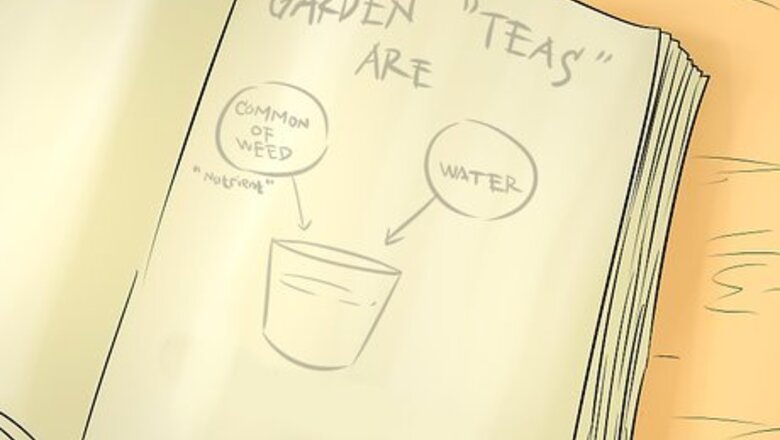
views
Making Garden “Teas”
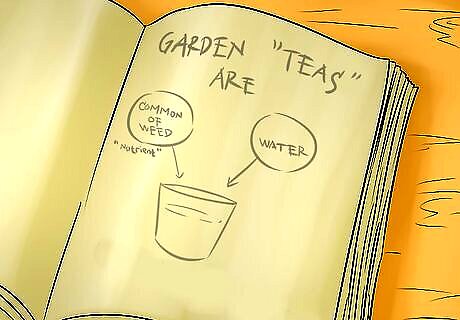
Understand what garden “teas” are. Garden ‘teas’ are made of some common weeds, and can deliver nutrients such as nitrogen (to encourage leaf growth), potassium (to help develop flowers and fruit) and phosphorus (to help root growth). The teas should be applied in dilute form by spraying or using a watering can. Don’t over fertilize plants using these mixes as generally very little is required to boost your plants. For instance, using too much comfrey tea in your garden could introduce too much potassium to the soil. This can lead to stunted plant growth over time.
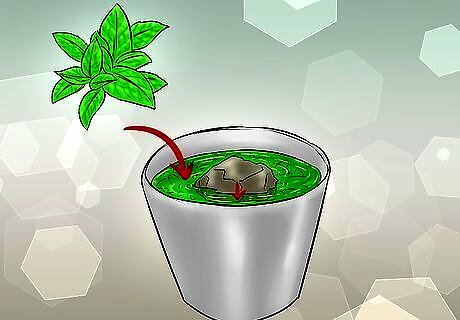
Make comfrey tea. You should be warned that comfrey tea smells horrendous – but plants love it! To make this water-based fertilizer that is high in potash and nitrogen, gather a big bundle of comfrey leaves – ideally enough to fill a large bag. Chop or tear these up a bit and place in bucket, then cover with water (ideally rainwater). Try to weigh down the leaves with something heavy, such as a stone. Cover the bucket to keep insects from laying eggs in it. After about a month, strain the contents and dilute it in about 15 parts water so that you can spray the tea on your plants.
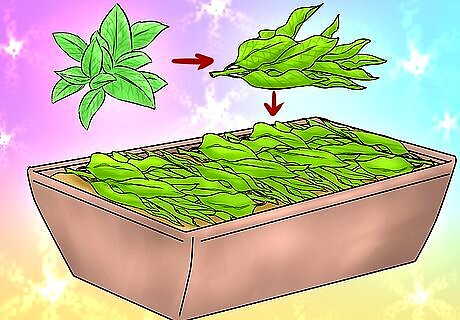
Consider using comfrey as mulch. Comfrey leaves can also be shredded and used as a mulch around plants, where they will steadily rot into the soil and improve it. Shredded comfrey can also be incorporated into the soil when planting, just as you would use manure. Try to let leaves wilt for a few hours after harvesting before using in the garden, to prevent them from sprouting.
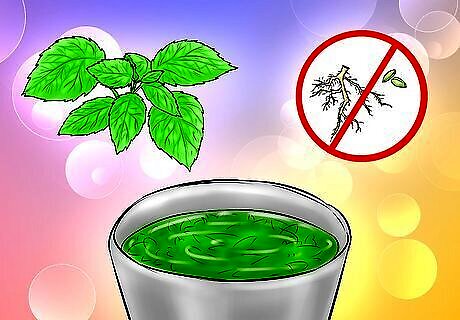
Create nettle tea. Nettles can also be used in a similar way to comfrey to make a liquid feed. You can also combine nettle and comfrey to make a mixed batch. Avoid using any roots or seeds, and preferably harvest the plants before they flower. Chop up the leaves in a bucket, cover them with rainwater and wait a month. Use this in a diluted form as a liquid fertilizer.
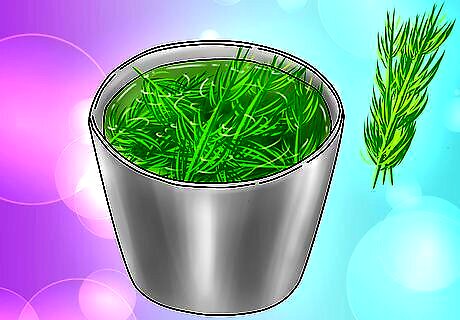
Make some horsetail tea. Horsetail is a garden weed that grows and spreads extremely easily in the garden. It is said to be high in silicon and can help your garden plants resist infection. It’s also quicker to make horsetail tea than comfrey or nettle tea. To make horsetail tea: Take about a tablespoon of dried horsetail. Add 2 liters (0.5 US gal) of rainwater and boil it up in a big pan, simmering for half an hour. When cool, store in a glass container. To use it in the garden, dilute in 5 parts of rainwater and spray this on your plants every ten days to help them resist fungal infections and rust.
Making Kitchen Item Fertilizers
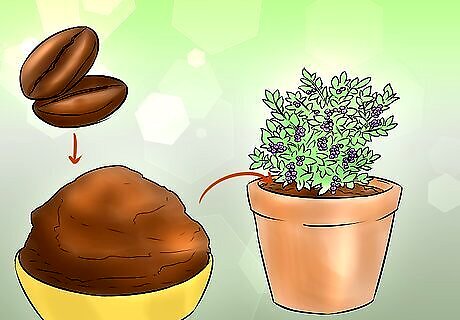
Use coffee grounds as a fertilizer. Coffee is known to be a great fertilizer and soil improver. It’s especially good for acid-loving plants, such as blueberries, azaleas and rhododendron. It’s also good for keeping blue hydrangeas blue. Many coffee loving gardeners keep a pot in the kitchen to store used grounds for use in the garden. To use coffee grounds: Sprinkle used coffee grounds around the base of your plants, where the grounds will also act as mulch. Avoid putting the coffee over the exposed rhizomes of plants such as iris as this could lead to rot. Alternately you can add a few cups of used coffee grounds to a watering can (pick one with a wide spout or it will clog a fine watering rose or narrow spout). Cover the grounds with water and let the mixture sit for a few days before using it.
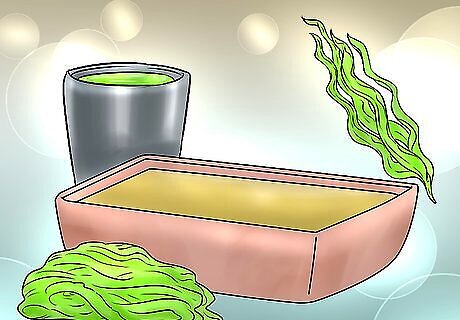
Try using a seaweed fertilizer. Seaweed is a great source of plant nutrients, especially potassium, and there is evidence that plants sprayed with seaweed tea can resist insects more effectively than other plants. Seaweed tends to lack other nutrients such as nitrogen and phosphate, so in very poor soils you may like to supplement this fertilizer with other fertilizing agents to balance the soil. Seaweed should be used in the same way you would use manure. However, unlike fresh manure, it does not need to be rotted down first. Dig it into the garden before it dries out. Chop it up a little if your seaweed is in very long tangled strands. You don’t need to worry about the salt content as it is usually too low to affect your plants and soil. You can also make seaweed tea in a similar manner to comfrey tea, but leave the mixture to infuse for two months.
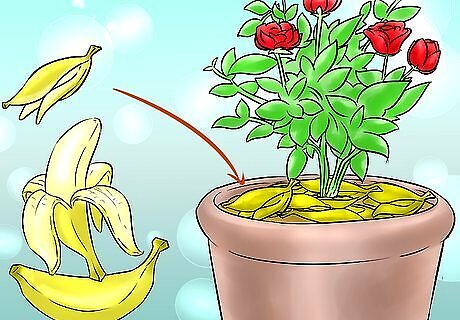
Make a banana fertilizer for your roses. Roses benefit from the potassium in bananas. Once you’ve eaten the fruit, lay two or three strips of peel under your roses and cover with mulch such as a three inch layer of well-rotted manure.
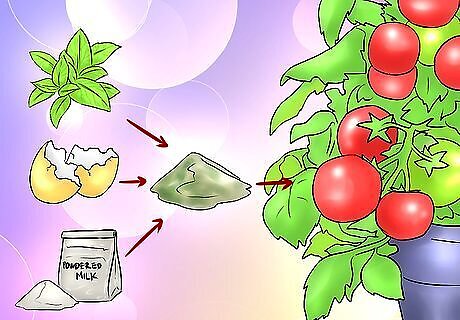
Make a good tomato feed. When potting up tomato plants, improve the soil by using a cup of shredded comfrey leaves and a cup each of crushed eggshells and powdered milk. Stir this into ten cups of compost and use for your plant tomatoes.














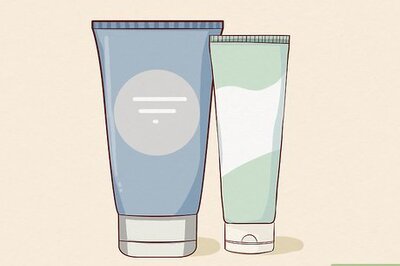



Comments
0 comment